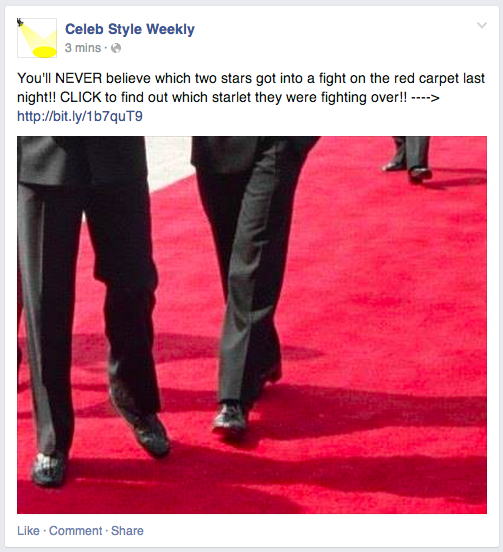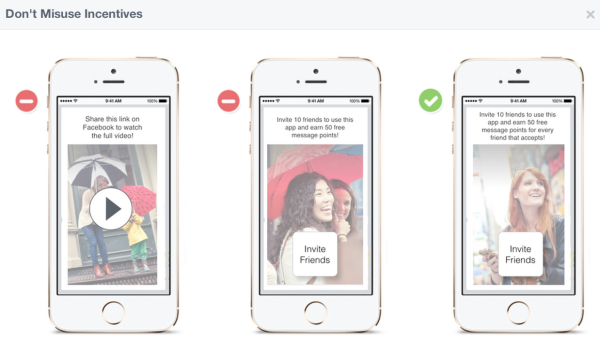
There was a time not too long ago when every SEO professional felt confident proclaiming that Authorship was the future of search, but it appears the predictions couldn’t have been much more incorrect.
When Google was pushing Authorship as a part of their search system, it frequently repeated that authorship information would help users identify more trustworthy sources and improve the quality of results. In the end, it was ultimately little more than a picture and name next to content and was often ignored by users.
This problem was reflected in the confirmation by Google’s John Mueller that authorship information will be entirely stripped out of search results. In the statement, Mueller explains:
“Unfortunately, we’ve also observed that this information isn’t as useful to our users as we’d hoped, and can even distract from those results. With this in mind, we’ve made the difficult decision to stop showing Authorship in search results.”
If we are being honest, the vast majority of Google users probably won’t even notice a difference and site owners shouldn’t be too concerned since Authorship didn’t help increase traffic to pages. But it has received considerable attention from the online marketing community because it seemed like a common sense and simple way to improve listings. In the long run however, it just didn’t work.
Mueller did clarify that Google will continue focusing on Schema.org structured markup, saying: “This markup helps all search engines better understand the content and context of pages on the web, and they’ll continue to use it to show rich snippets in search results.”



 Last week, many webmasters and SEO’s received a scare in the form of extortion emails from a supposed SEO threatening to plague a site with negative SEO if they do not pay a ransom of$1,500.
Last week, many webmasters and SEO’s received a scare in the form of extortion emails from a supposed SEO threatening to plague a site with negative SEO if they do not pay a ransom of$1,500. Countless businesses have 90 days to make significant changes to their Facebook strategies and pages. With an update to its
Countless businesses have 90 days to make significant changes to their Facebook strategies and pages. With an update to its 
 As online optimization and marketing become more and more essential to the success of smaller businesses, many small businesses are trying to manage as much online marketing on their own as they can manage with limited time and resources.
As online optimization and marketing become more and more essential to the success of smaller businesses, many small businesses are trying to manage as much online marketing on their own as they can manage with limited time and resources.

